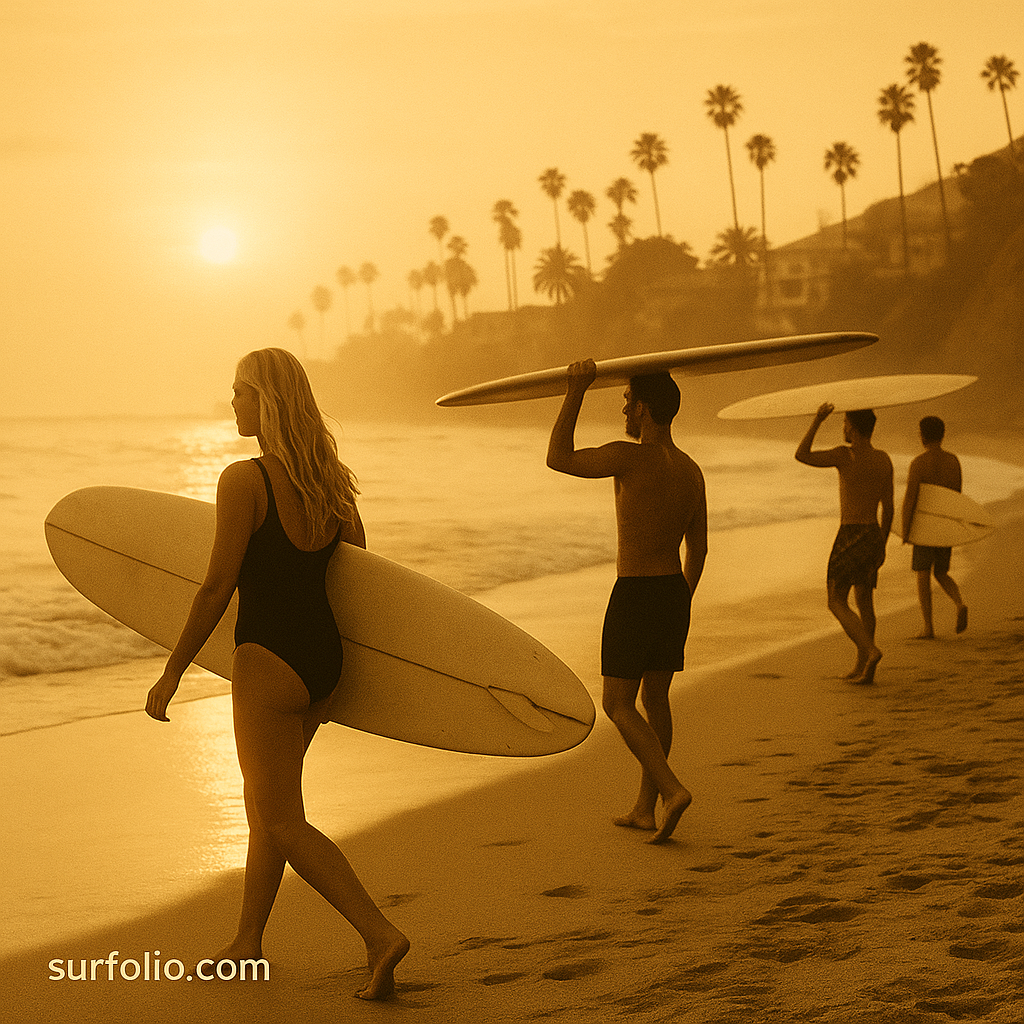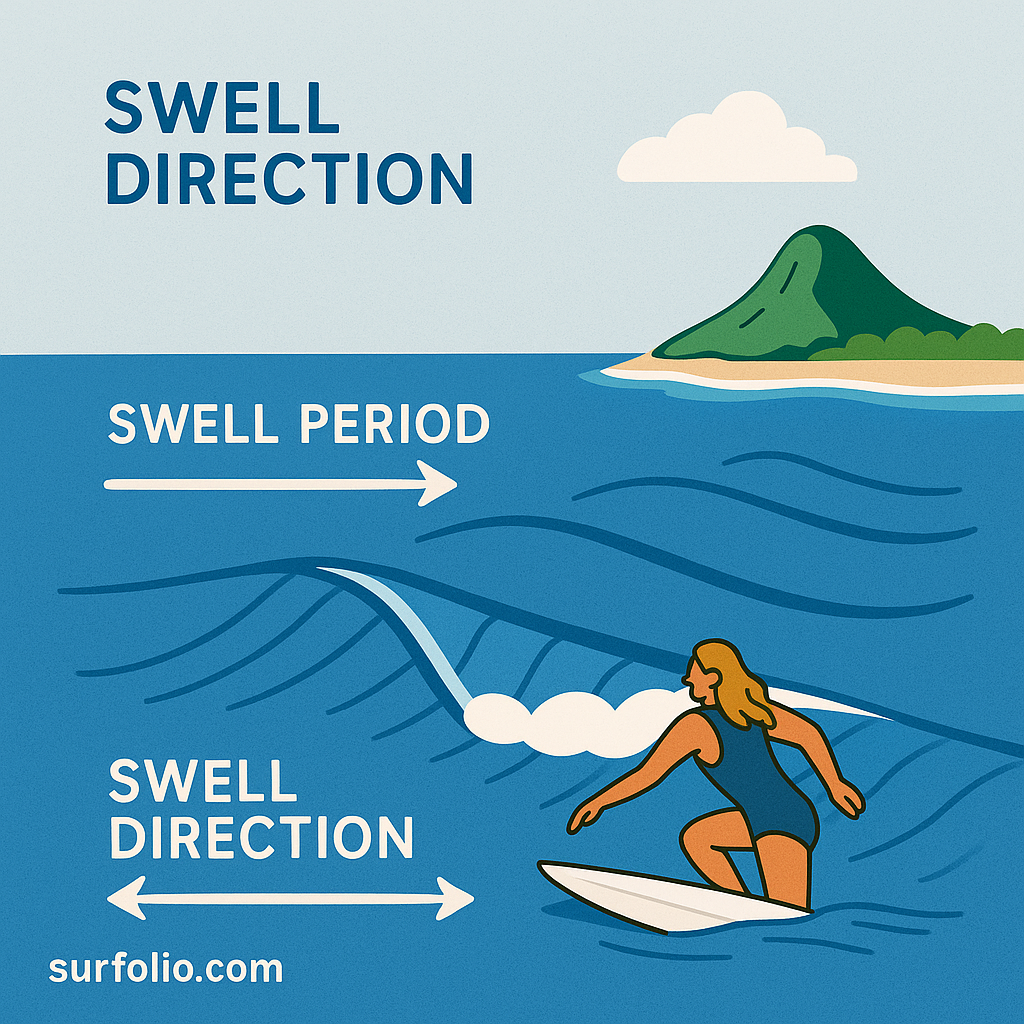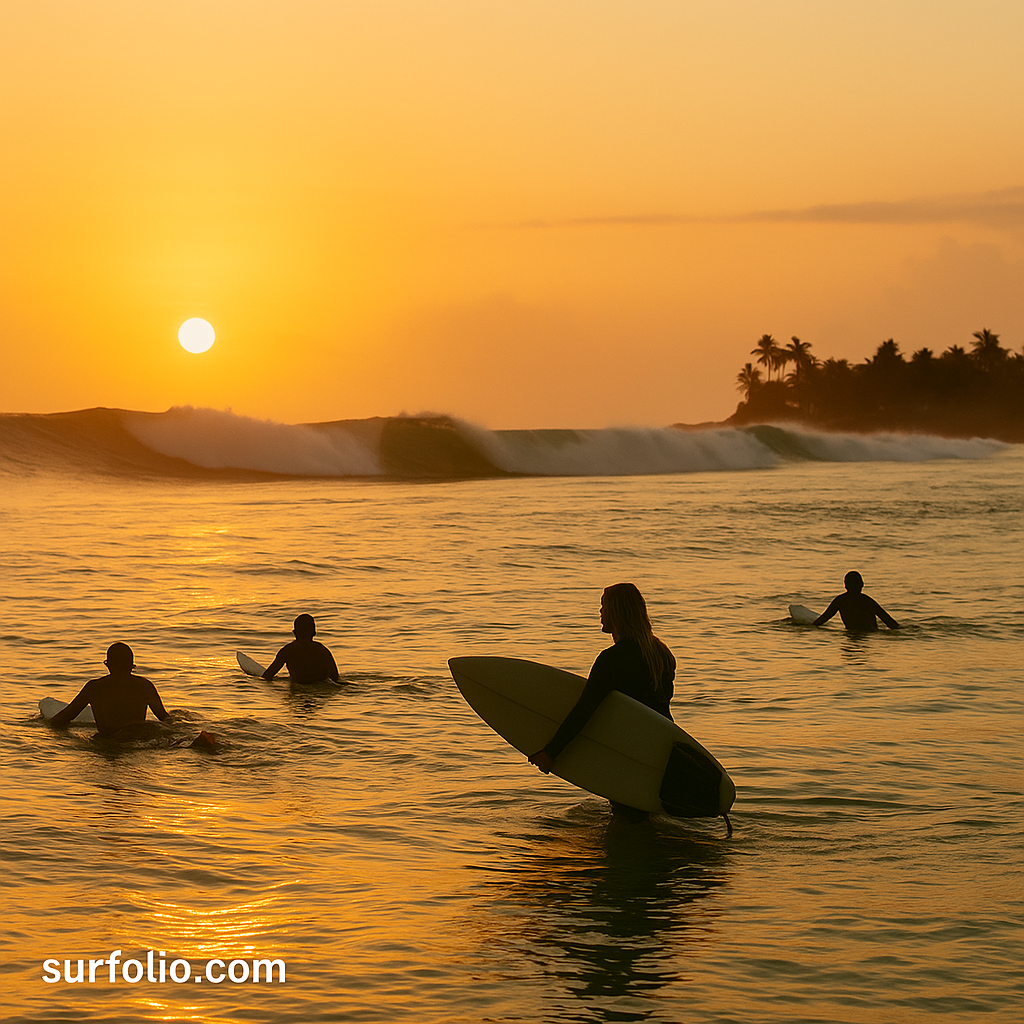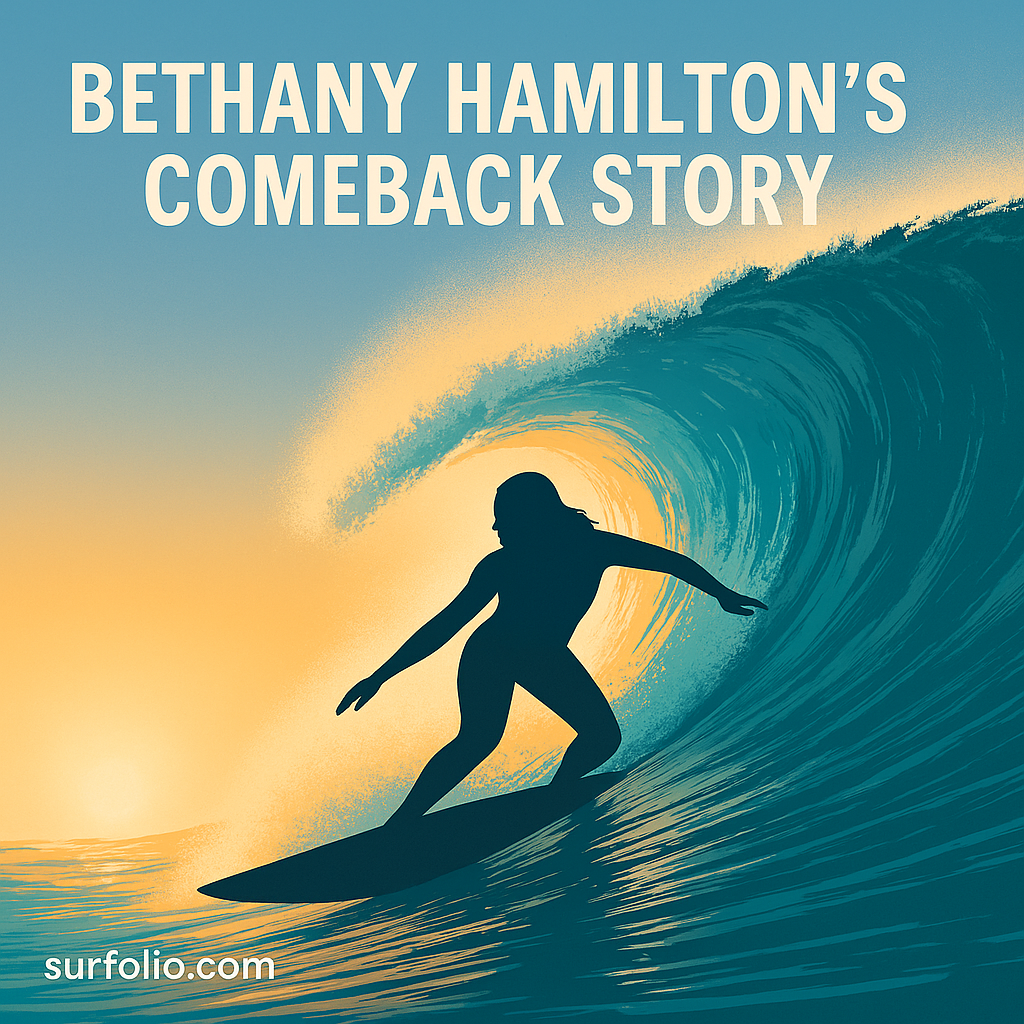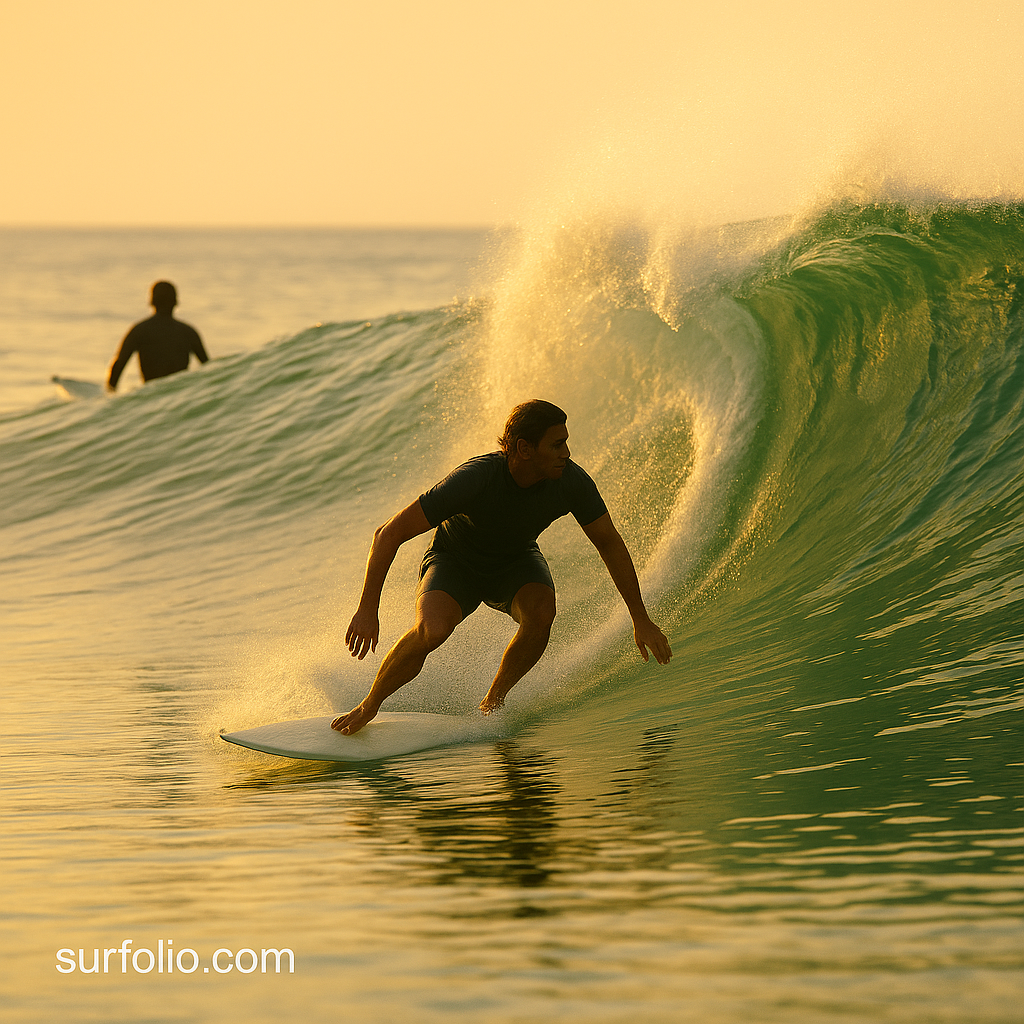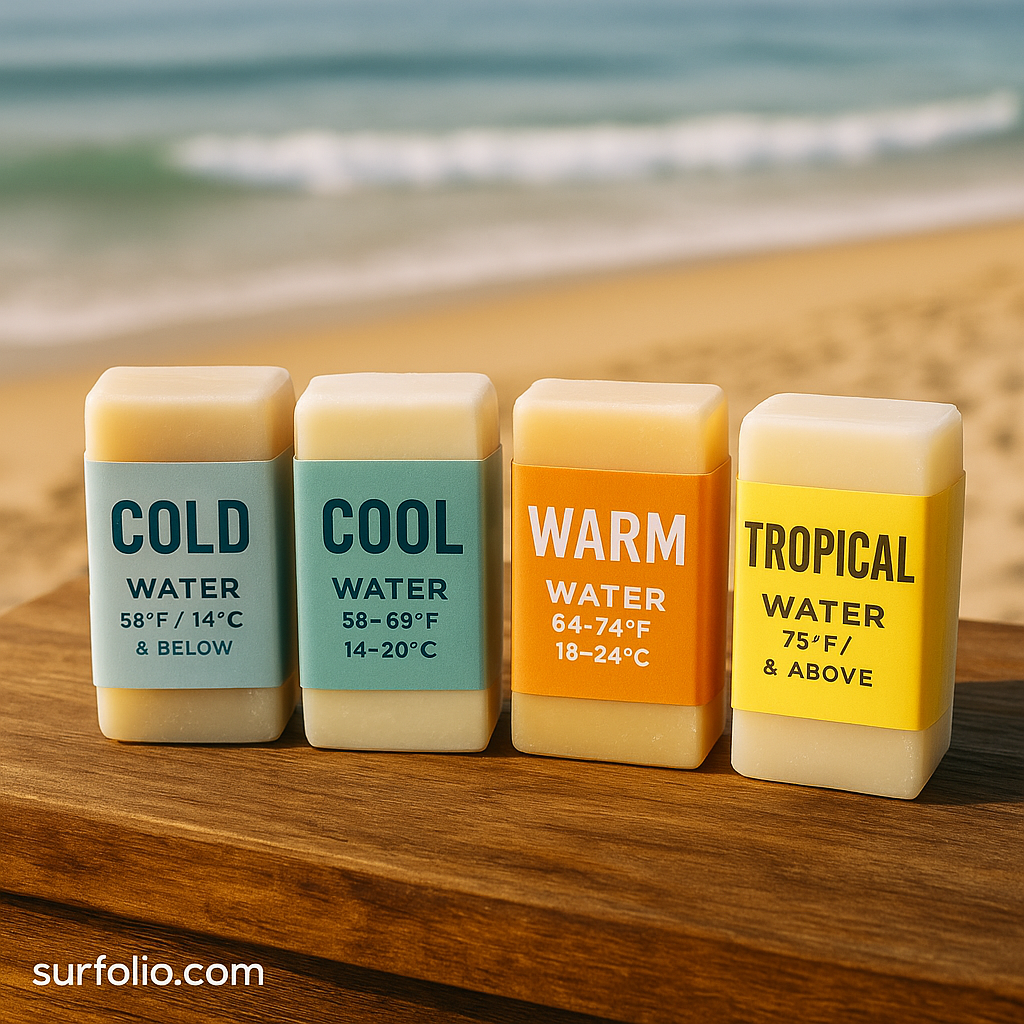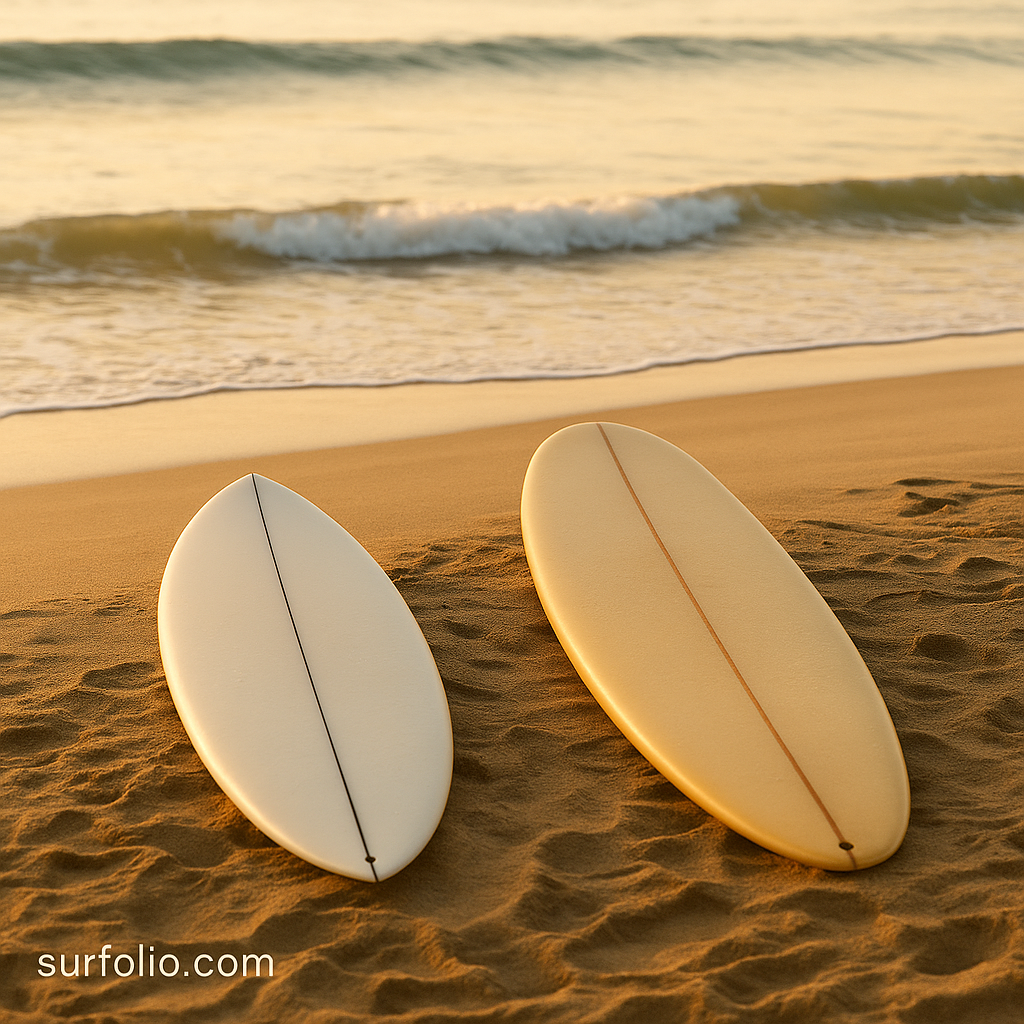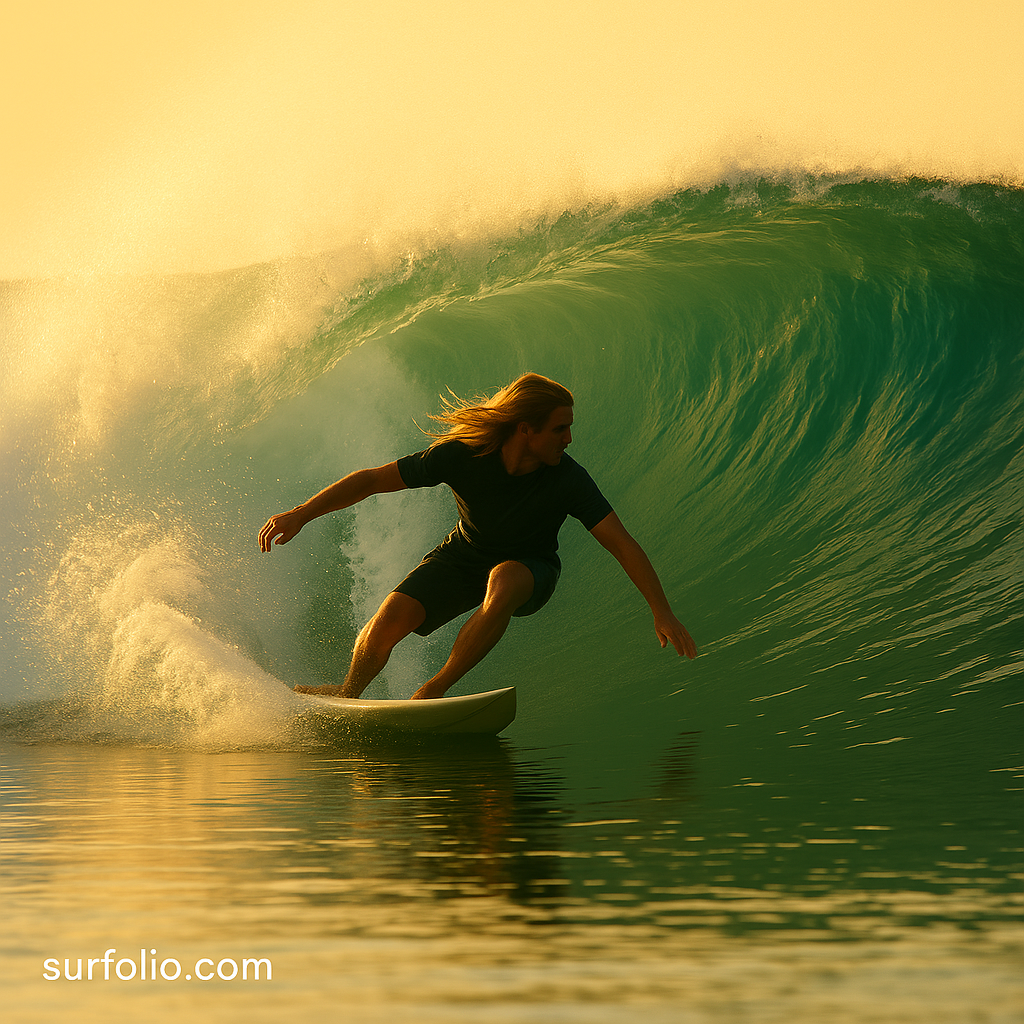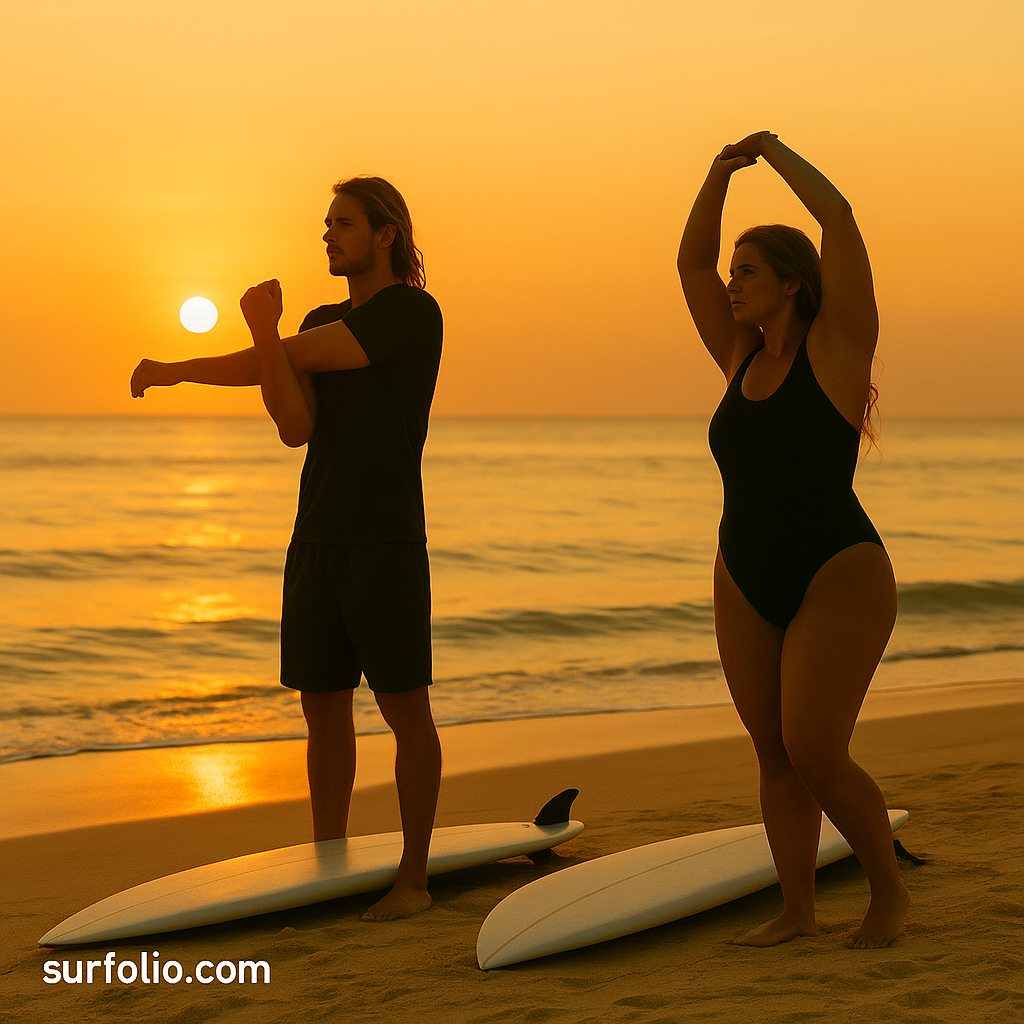
Living in Rhythm with the Ocean
Surfing isn’t just something you do — it’s a lifestyle shaped by rhythm, balance, and flow. The best surfers don’t just train in the water; they build daily routines that support performance, recovery, and mental clarity.
By syncing your habits with the natural pace of the ocean, you’ll stay surf-fit, focused, and ready to paddle out whenever the waves turn on.
Continue reading “How to Build a Surf-Friendly Daily Routine”
